6 Points of 3D Modeling Principles in Blender
3D model is not easy. You may have heard of many rules, best practices, and exceptions to these rules. It is easy to fall into the nuances of tools or topology and ignore the metaphorical forest of trees. Fortunately, there are some key concepts that can be applied to any project and can immediately improve your results. Please keep in mind that although I mainly focus on Blender, these rules are common to any 3D software.
Form: Focus on the overall 3D model situation first.
When 3D modeling , the first thing to consider is the overall shape to be created. This may seem obvious, but it is the most important and difficult part. Maybe it’s the character’s ears or part of a sports car-it’s just that some shapes are difficult to put together. When dealing with this problem, remember that complex shapes are always combinations of simple shapes.
Any form in Blender can be composed of simple adjustments of cubes, spheres, and other primitives. You don’t always have to block the model first, but doing so may help you. Even if the original block cannot be used for final production, it will help you understand the underlying structure you are making.
Next, identify the most defining features and outline those first. That will allow you to easily tweak the form to get it just right before you have too much geometry and it becomes difficult to manage.
Use references to check your angle, scale, and curvature. Be sure not to rely too much on modeling sheets, because what can happen is that we can focus too much on the front, side, and top views and not notice issues that are only visible at other angles.
If you find that your feature is too angled, or doesn’t look right when popped out of an orthographic view, then it’s time to close the modeling table or move it to the side and work while rotating it in perspective.
Detail: Work in Passes
So you’ve got the overall form down and now you’re ready to really push your object to the next level. When it comes to the details of 3D model
it is important to know exactly how much and what to make. Whether it is modeling a mobile game, a desktop game engine, or a short film that takes several hours to render, the content you can model is very different. Working smoothly.
Do the big things well first, then do the middle things well, and then do the small things well. Don’t jump directly from big to small, and don’t spend too much time focusing on any one area at a time. Once the polygon limit is reached, if any, use textures to add smaller details that cannot be modeled.
Use real-world scales and references in 3D Model
Try to 3D model according to the real-world scale. There are many subtle differences in the size of the model, from the lighting behavior in the scene to the simulation of interactive methods. Most importantly, it forces you to be consistent. Exporting to other programs, adding procedural textures, adding bevels or attaching objects from other projects will do as you wish.
The antidote to this is to use a reference! Double check the length, width, and height, as well as the thickness of the individual pieces that make up the object. If you’ve just been eyeballing it up to now, I guarantee that you’ll be surprised by how much difference there can be between what we think something looks like and what it actually is.
Carefully check the length, width, height, and thickness of each part of the object. If you have been paying attention until now, I believe you will be surprised. We think that the appearance of something is so different from the actual situation.
Adaptation: make change easy
Survival of the fittest. Well, not really, I’m just saying that Blender objects and meshes should be as easy to modify as possible. You may have heard the term non-destructive modeling, which just means that the way things are modeled can be changed as easily as possible. This usually requires keeping the mesh very simpentation with the object for easy placement in awkward situations, or ensuring that your topology (how mesh components fit together) allows the object to maintain its shape when bent or stretched with equipment .
Reuse the grid to maximize efficiency
Modeling in Blender is great, but I don’t think anyone likes to do the same job twice-so we definitely don’t like to do it 300 times. To save time, please reuse the grid as much as possible. This might mean using mirror or array modifiers, using Alt+D instead of Shift+D to create instances instead of copying, or copying and changing existing objects instead of starting from scratch.
If you don’t want things to look obviously the same, try changing the size, rotation, modifier, or material properties. This is a simple concept, but it allows you to make things that look very detailed, you only need to complete a small part of the work.
Pay attention to the surface quality
This is how your 3D model object will look when rendered. Because of the way rendering works, the way you model objects primarily affects how light interacts with its surface. Pay attention to bumps, squeezing and warping areas. These signs indicate that your topology does not support the form of your object.
When 3D model subdivision surfaces, use quad rings around any sharp edges or important details. Only use N-sided polygons on flat shadow surfaces. Avoid triangles at first until you have a good reason for them to appear there, make sure your normals point in the right direction, and be very careful where you place the poles (with Five or five vertices) more connected edges).
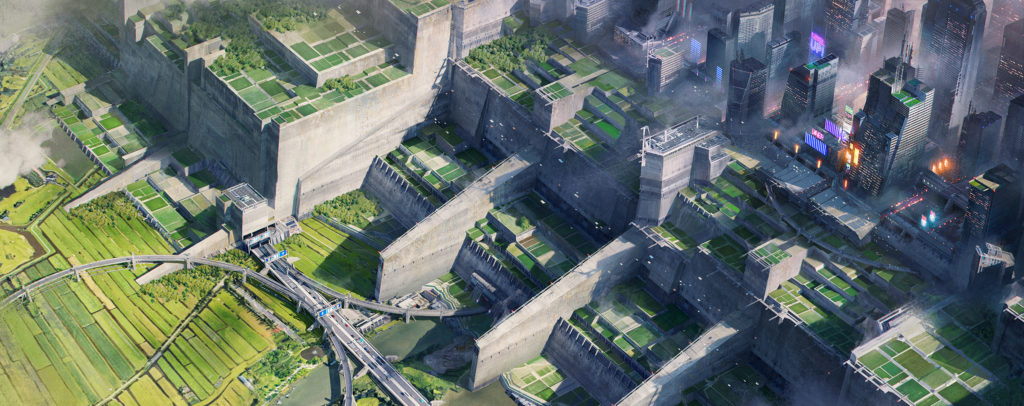
Megacity_Blender 2.82
Content: Videos + Project files
Duration: 3.5 hours
Software: Blender 2.81 and higher ; Assistant softwears:Photoshop
System: No specific requirements.
Project file: All PSD.(layers) and PNG. files Blender files References and textures that i picked for this project.
Keep these 6 principles in mind in any 3D model project
Whether you are a beginner or a professional, keeping these six principles (form, detail, proportion, adaptability, reuse and surface quality) in mind when modeling will help you improve your work and avoid some headaches that usually lead to new 3D model, Things happen from time to time.
Blender Getting Started
“Blender is the free and open source 3D creation suite. It supports the entirety of the 3D pipeline—modeling, rigging, animation, simulation, rendering, compositing and motion tracking, even video editing and game creation.
Post a Comment
要发表评论,您必须先登录。
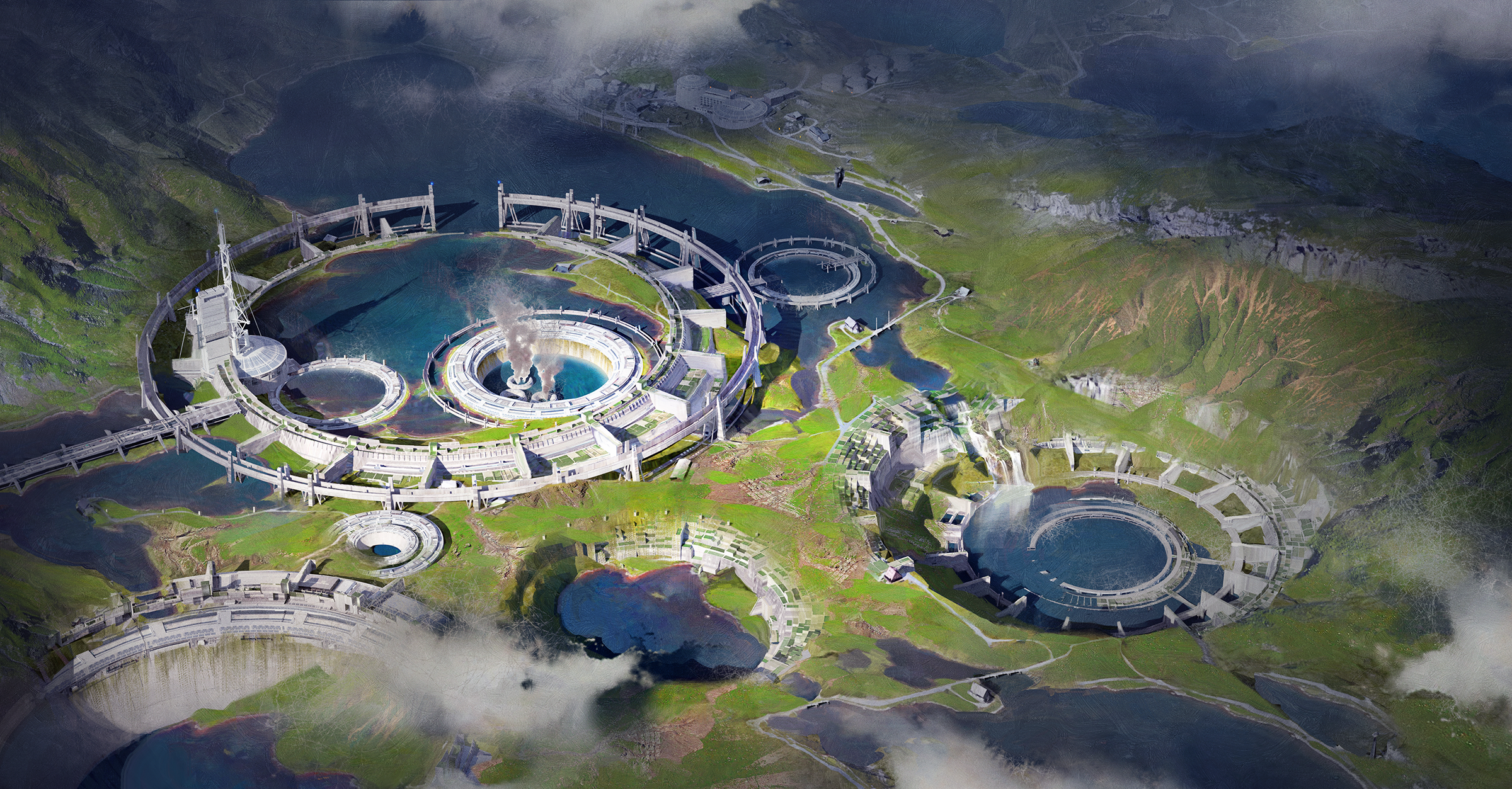

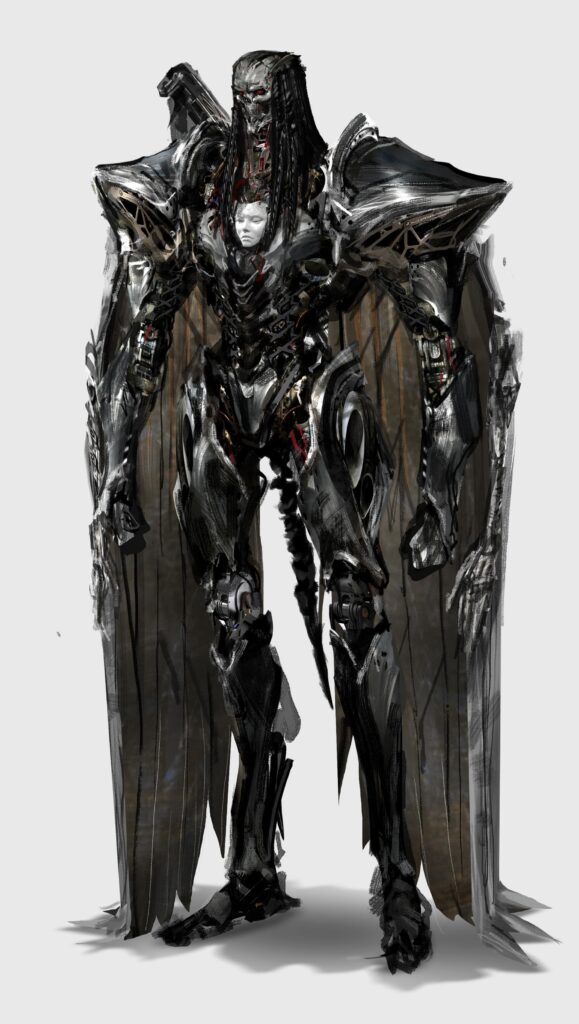
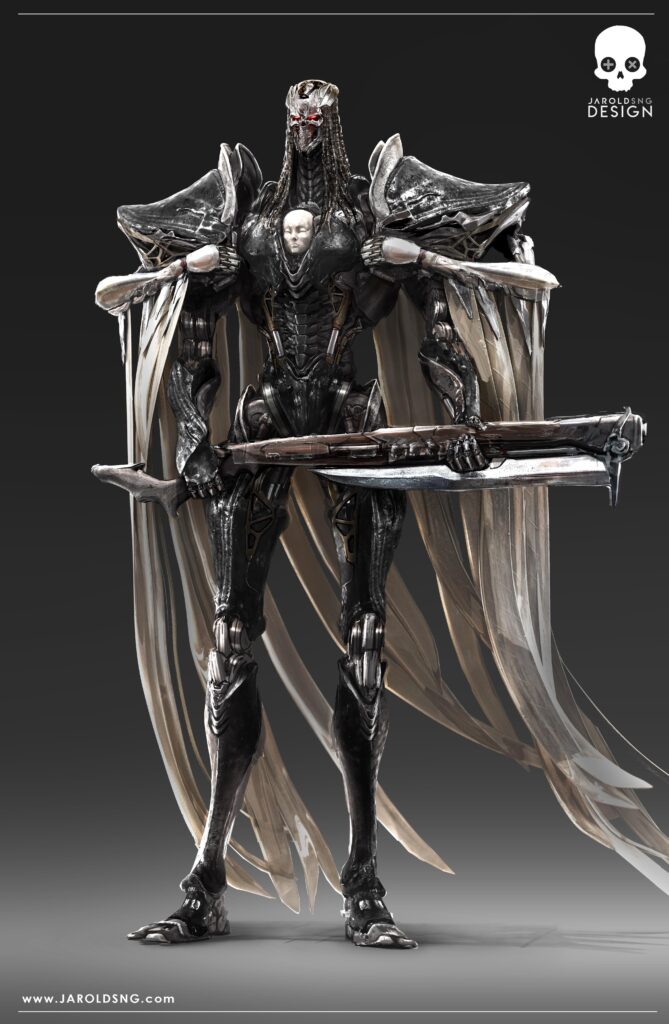
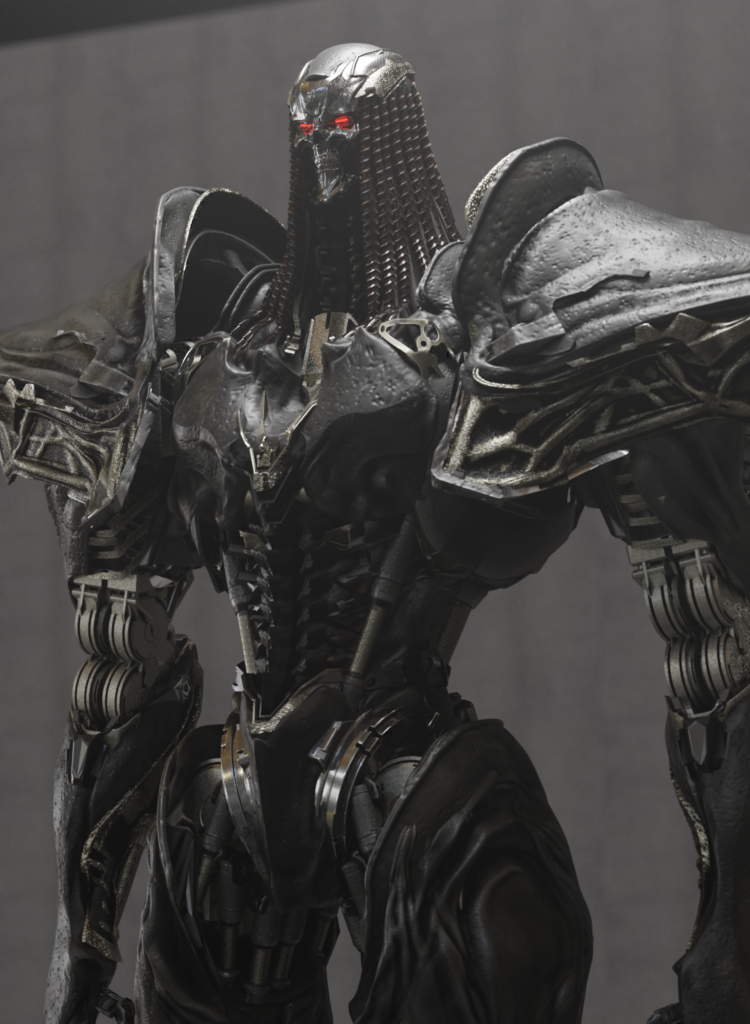








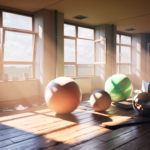

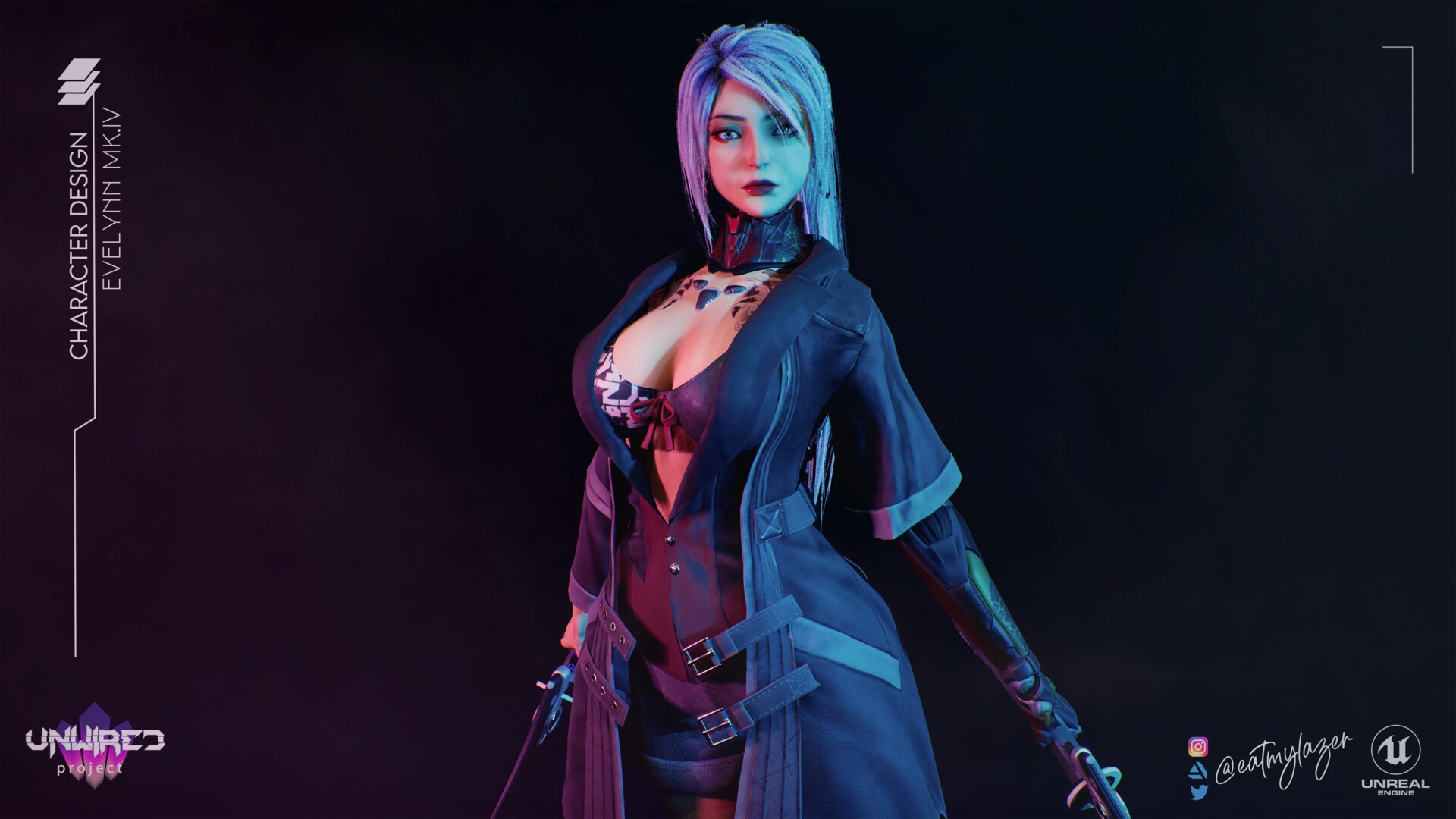
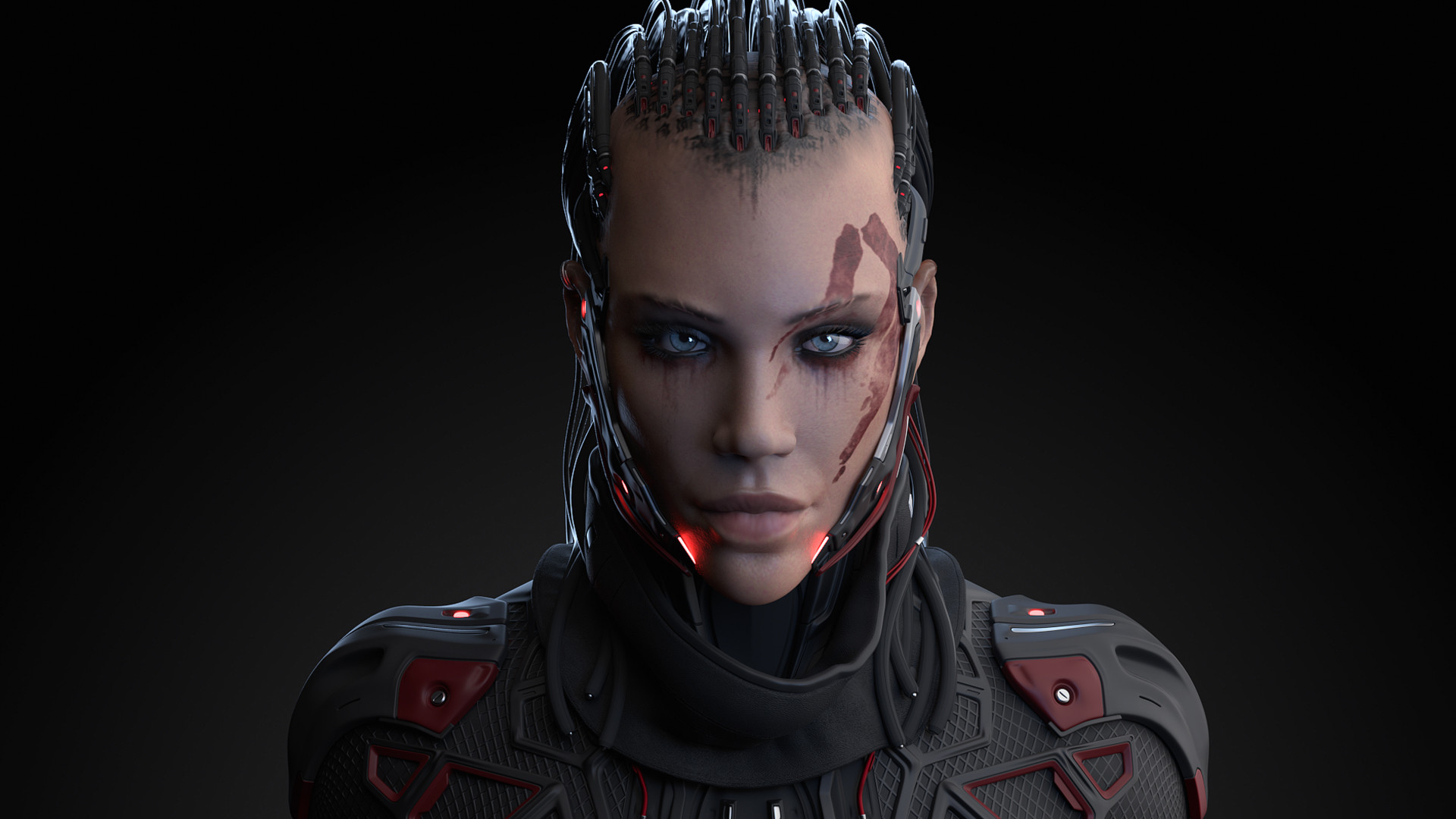
Pingback: 4 Difficult Points of Self-learning 3D Modeling - Wingfox
2022-01-08